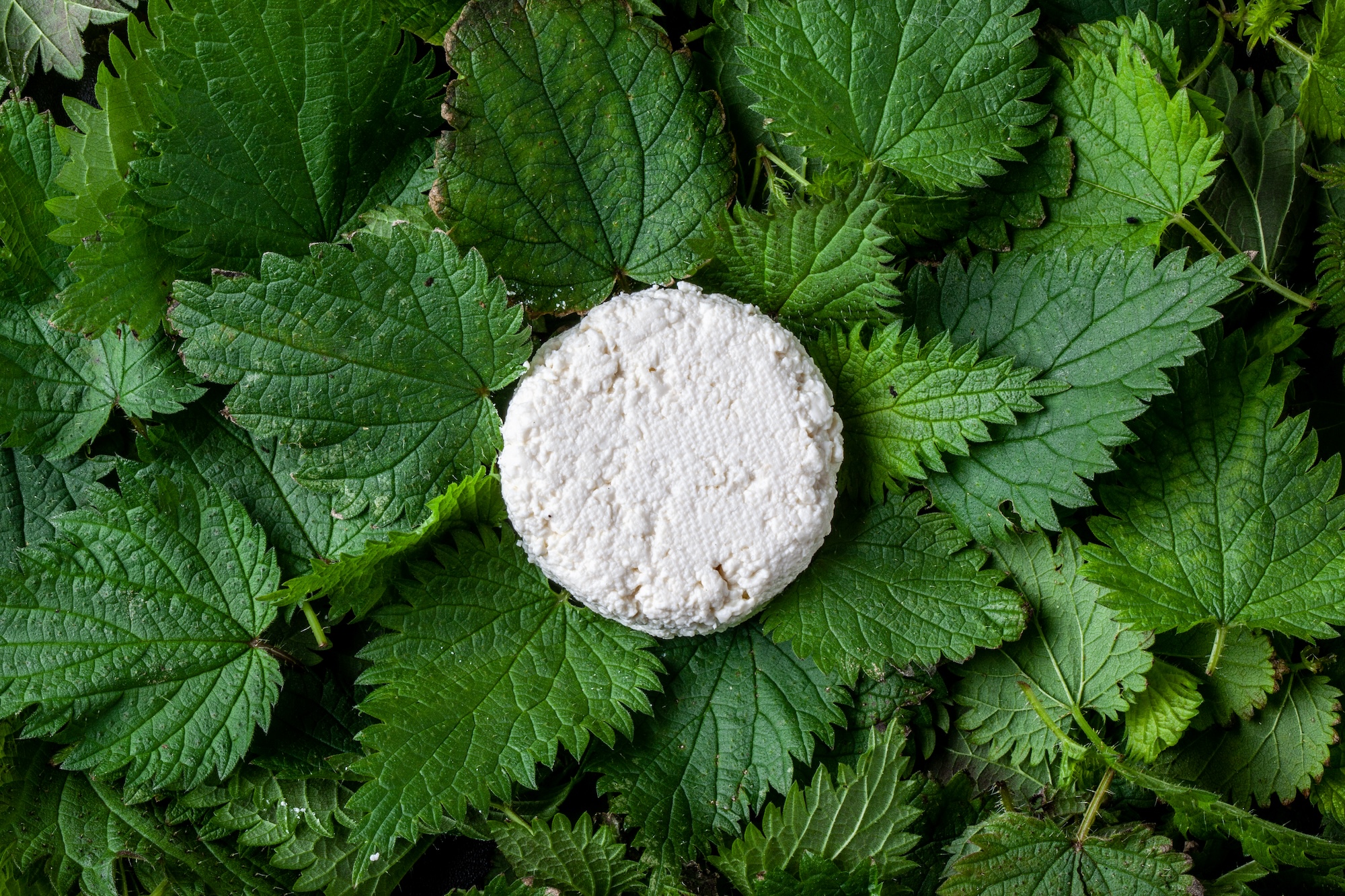Shaping Taste: How Design is Transforming the Kitchen
Each month, the Chefs Community for Innovation dives into a topic that blends creative exploration with emerging tools and methods. In May, members focused on one of the most dynamic intersections of design and gastronomy: shape engineering. While the full newsletter remains exclusive to our community, here’s a look at some of the key themes discussed.
Designing Flavor: The Rise of Shape Engineering in the Kitchen
May’s edition explored how chefs are expanding the creative process by designing not just flavors and techniques, but the very forms of food itself. Known as «shape engineering,» this practice uses tools like 3D printing, CNC milling, and CAD design to reimagine how dishes are visualized, structured, and experienced.
Traditionally, plating and shaping relied on the chef’s intuition and hands. Today, that same creative impulse is paired with software and machines, opening up possibilities for customized molds, laser-cut garnishes, and storytelling through geometry. As one community contributor put it: «Just as sous-vide gave us control over temperature, digital design gives us control over form.»
From Sketch to Spoon: A New Creative Workflow
The newsletter presented a step-by-step breakdown of how chefs and culinary designers are approaching this new form of creativity:
- Ideation: Starting with a theme, story, or emotion, chefs create rough sketches to communicate concepts visually.
- Conceptualization: Ideas take shape through drawings, mood boards, and tangible triggers-from street food packaging to haute cuisine plating.
- Design: Using tools like Rhino or Blender, teams digitally model their objects, from tuile molds to chocolate bars.
- Prototyping: 3D printers, thermoformers, and food-safe materials like alginate are used to test shapes.
- Iteration: Designs are refined through testing, feedback, and adjustments.
- Validation: Prototypes are tested in real service or sensory environments.
- Production: Final forms are created-whether edible or not-and incorporated into the full dining experience.
This framework reflects a shift in how culinary teams operate: design and emotion are part of the prep process, not just the plating.
Tools, Materials & Student Projects
Community members shared hands-on case studies from kitchens and classrooms. These included:
- 3D-printed cookies and chocolate using food-grade extruders
- Student projects turning hashioki (chopstick rests) into cultural storytelling pieces
- Custom-designed menus shaped like vinyl records
- A savory donut inspired by Coq au Vin, prototyped from sketch to street-food packaging
From laser cutters to silicone molds, the tools explored this month emphasized function and expression in equal measure.
A Creative Shift
This month’s takeaway? Shape is no longer just a result-it’s a starting point. The process of imagining a form, refining it digitally, and then bringing it into the kitchen is reshaping how chefs express stories, provoke emotions, and guide diners through an experience.
For those outside the community, these updates offer a glimpse into how the next generation of chefs is designing not just food, but the very frameworks of flavor and feeling.
Stay tuned for more reflections from within the Chefs Community for Innovation and thank you to our members for continuing to stretch the boundaries of what a kitchen can be.







